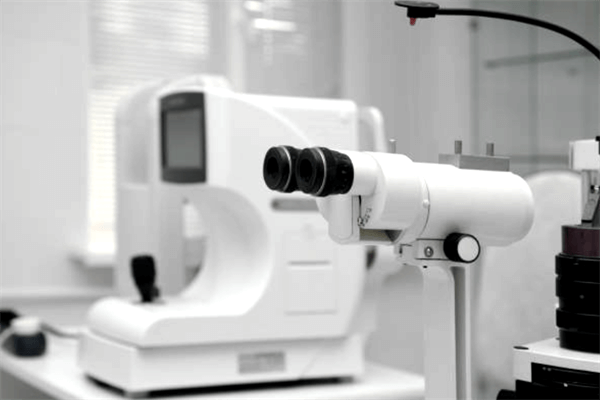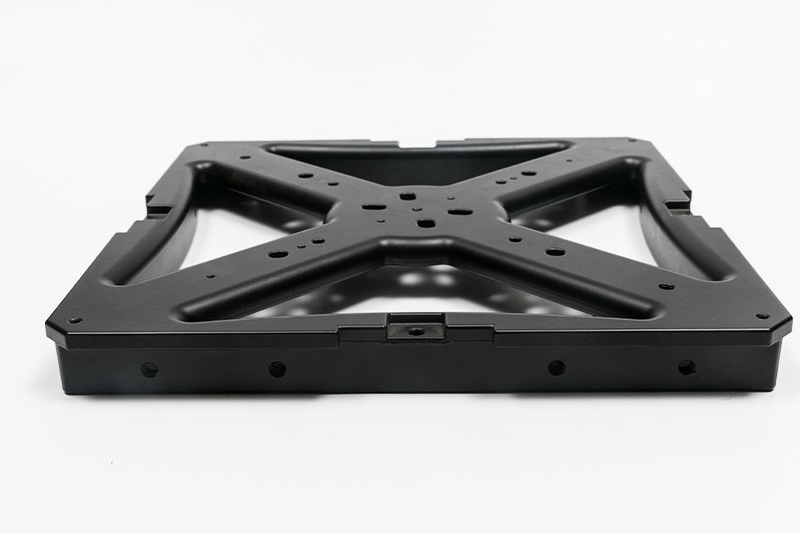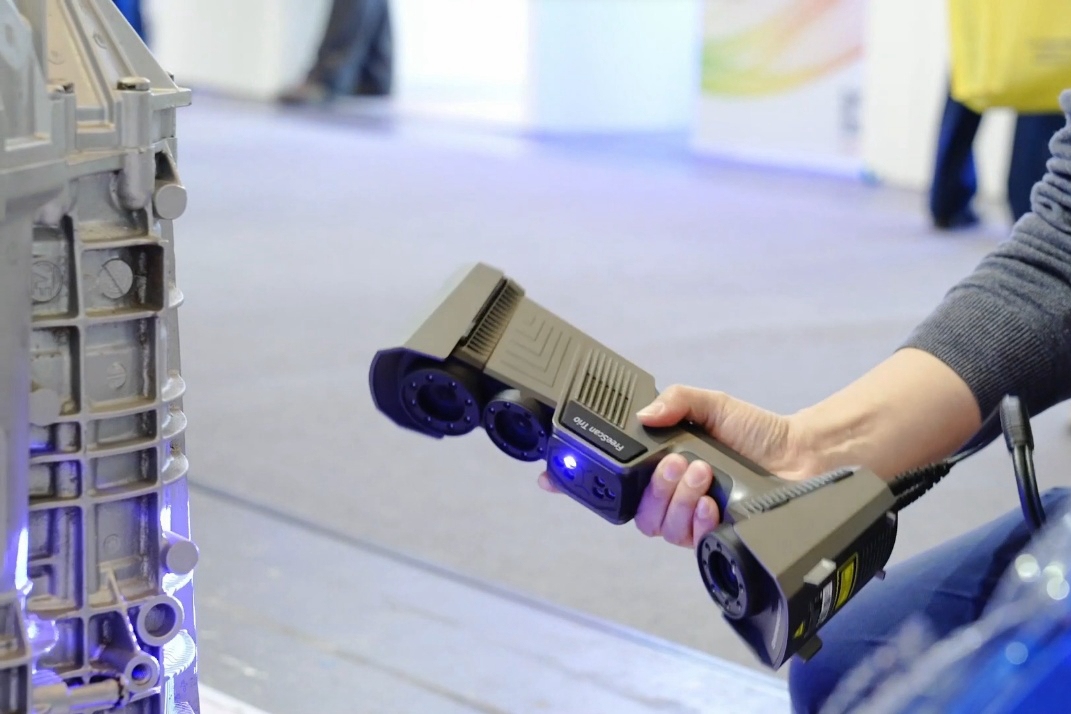Rapid Prototyping and Aerospace Component Verification
Introduction to Aerospace Rapid Prototyping
Rapid prototyping plays a vital role in modern aerospace development by accelerating design validation, reducing lead times, and minimizing the risk of costly design errors. As aerospace systems become more integrated and functionally complex, engineers require faster iteration cycles to validate component form, fit, and function before committing to full-scale production.
From structural brackets to thermal housings, prototyping enables real-world evaluation of material behavior and mechanical performance. Combined with simulation-driven design, it allows development teams to test multiple design iterations under mission-relevant conditions rapidly. Aerospace programs can shorten development timelines through advanced technologies like Prototyping services and digital twin modeling without compromising airworthiness standards.
Whether producing a single aerodynamic shroud or validating dozens of cockpit components, rapid prototyping ensures that form aligns with function. Aerospace manufacturers increasingly depend on integrated prototyping-to-verification workflows as aerospace requirements grow stricter.
Key Technologies for Aerospace Prototyping
Achieving high-fidelity aerospace prototypes requires advanced technologies that combine speed, accuracy, and material compatibility. Each prototyping method serves a distinct role in verifying structural integrity, functional fit, and manufacturing feasibility.
CNC Machining for Functional Prototypes
CNC machining remains a cornerstone in aerospace prototyping because it produces fully functional metal parts with tight dimensional tolerances. It is ideal for verifying critical interface geometries, mounting structures, and flight-ready subassemblies. CNC Machining Prototyping supports rapid turnaround on aluminum, titanium, stainless steel, and other aerospace-grade materials. Engineers can use 3-, 4-, or 5-axis equipment to replicate the final part geometry with test-grade material for accurate mechanical and fitment validation.
3D Printing for Complex Geometries
Additive manufacturing offers unique advantages in producing lightweight, complex shapes that would be cost-prohibitive or impossible via subtractive methods. For aerospace prototypes, 3D printing is used to evaluate air ducting, integrated cooling channels, and low-volume flight components. The 3D Printing Prototyping process supports a wide material selection, including AlSi10Mg, superalloys, and PEEK, and allows internal lattice structures that simulate real-world performance while reducing part count and weight.
Rapid Molding for Enclosure and Low-Volume Production
Rapid molding delivers polymer-based prototypes that closely replicate the end-use product for cockpit panels, housings, and wire routing brackets. This method is especially useful in ergonomic validation, thermal and electrical insulation testing, and limited flight trials. Rapid Molding Prototyping accelerates the development of enclosures and interface parts with engineering plastics like ABS, PC, and PEI. It enables design engineers to identify assembly issues, material shrinkage, and dimensional variation before committing to production tools.
These three technologies—CNC machining, additive manufacturing, and rapid molding—form a complementary toolset in the aerospace prototyping pipeline. Engineers can ensure that prototypes transition smoothly into validated production components by selecting the appropriate method based on geometry, material, and performance needs.
Common Materials Used in Aerospace Prototyping
Material selection is a decisive factor in aerospace prototyping. The right choice ensures mechanical fidelity, thermal performance, and manufacturability in test environments. Prototype materials often mirror those used in production to validate behavior under real-world flight loads and conditions.
Aluminum Alloys
Aluminum remains a primary material for structural and enclosure prototypes due to its high strength-to-weight ratio and ease of machining. Cast or printed aluminum alloys with high dimensional accuracy simulate thermal and mechanical behavior. Aluminum AlSi10Mg is a popular additive-grade alloy used in lightweight prototypes, particularly for aerodynamic frames, sensor housings, and load-bearing substructures.
High-Performance Polymers
Engineering plastics offer lightweight, corrosion-resistant alternatives for interior panels, sensor covers, and complex electronic enclosures. They are also well-suited for EMI shielding and insulation. PEEK provides exceptional heat resistance, chemical stability, and mechanical strength, making it a preferred material for flight-critical polymer components. Ultem (PEI), PSU, and PPS are frequently used in rapid molding and fused deposition modeling.
Superalloys for Engine Zone Testing
Superalloy-based prototypes help simulate thermal expansion, fatigue resistance, and load-bearing performance in high-temperature engine zones. These materials are indispensable for testing combustor components, thermal barriers, and nozzle geometries. Hastelloy X is one of the most commonly used nickel-based alloys for functional testing under extreme conditions.
Material compatibility with downstream processes, such as finishing, welding, or coating, is also essential during prototyping. When selected and processed correctly, prototype materials ensure that test data reflects production-level performance with high reliability.
Functional Verification and Testing Methods
Functional verification ensures that aerospace prototypes meet strict performance criteria before advancing to certification or production. Testing protocols simulate structural, thermal, and environmental loads experienced in flight, enabling early detection of failure points and refinement of design tolerances.
Dimensional Accuracy – CMM, Laser Scanning
Tight dimensional control is critical in aerospace assembly, where tolerance stacks can compromise safety and performance. Verification often begins with coordinate measuring machines (CMMs), 3D laser scanning, and non-contact optical comparators for machined and molded prototypes. These tools provide micron-level resolution on hole positions, flatness, and angular alignment. Coordinate Measuring Machine technology ensures that part geometry matches design intent and confirms critical-to-function dimensions.
Structural Load and Vibration Testing
Structural component prototypes undergo static and dynamic load tests to validate fatigue resistance, yield strength, and deformation behavior. Simulated load cases include tension, compression, and multi-axis vibration inputs derived from real flight conditions. This step is essential for evaluating components like fuselage brackets, landing gear interfaces, and wing supports. Fatigue life validation in early-stage prototyping avoids costly redesigns in later qualification stages.
High-frequency shaker tables and hydraulic actuators simulate landing impact, aerodynamic flutter, and resonance-induced stress cycles. Combined with strain gauging and modal analysis, this process confirms compliance with aerospace durability standards.
Thermal Cycling and Altitude Simulation
For engine housings, avionics enclosures, and thermal shields, thermal performance must be validated under cycling exposure. This involves placing prototypes in environmental chambers that simulate high-altitude pressure drops and wide temperature variations, typically from -55°C to +125°C. Material expansion, seal integrity, and coating performance are assessed during prolonged thermal cycling and depressurization.
Altitude chambers, UV exposure testing, and condensation cycling further ensure resistance to environmental degradation. These tests help refine design geometry, material compatibility, and joining methods before production launch.
By integrating these verification methods early in the prototyping phase, aerospace teams can identify risks, verify functionality, and accelerate certification readiness—ultimately reducing cost and program lead time.
Surface Finishing in Prototype Verification
Surface finishing in aerospace prototyping is more than cosmetic. It plays a vital role in simulating end-use conditions, validating assembly interfaces, and evaluating wear, corrosion, and heat resistance under realistic test cycles. Proper surface treatment ensures that the prototype performs in a way that reflects the behavior of production components.
Finishes for Realistic Testing Conditions
Many prototypes require post-processing to accurately reflect how the final part will perform in operational environments. An as-machined finish is often used to simulate raw manufacturing tolerances for CNC-machined parts. It enables verification of dimensional stability, fit, and sealing performance under thermal and mechanical stress without introducing additional surface coatings that might mask flaws. Such finishes are especially useful in bracketry, housings, and structural interface simulations.
Coatings for Functional Validation
Surface coatings are applied even during the prototype phase to replicate thermal and oxidative behavior in-flight systems. For example, Thermal Coating is critical for simulating heat dissipation and surface stability in engine-facing components. Applying these coatings to superalloy and aluminum parts helps engineers evaluate material compatibility and thermal fatigue before committing to production.
These finishing steps allow teams to evaluate realistic part interaction, functional reliability, and environmental performance, bridging the gap between prototype geometry and production-level behavior.
Aerospace Prototyping Case Studies
Successful aerospace prototyping requires both technical precision and process agility. The following case studies highlight how advanced prototyping technologies enable rapid design validation and readiness for flight certification.
In one project, a wing actuator assembly was produced using 5-axis machining with aluminum 7075-T6 to validate aerodynamic fit and interface tolerances. The 5-axis CNC in the Aerospace case shows how close-tolerance geometry was achieved within 0.01 mm, enabling direct functional testing on a high-speed drone platform. Using simulation-assisted tool paths ensured consistent wall thickness and surface alignment across load-bearing zones.
Another case involved the Stainless Steel Engine Housing Prototype, where CNC machining and heat-resistant stainless steel were combined to simulate real-world engine mounting conditions. Thermal cycling and vibration testing were conducted on the prototype, leading to early correction of mounting flange stress risers that would have caused fatigue cracking in flight.
These cases demonstrate how prototyping leads to better engineering decisions and shorter qualification cycles when paired with rigorous verification.
Design for Verification: Best Practices
In aerospace product development, design for verification (DFV) ensures that each prototype iteration yields actionable data and accelerates certification readiness. Engineers must integrate testability into early-stage CAD design to minimize rework and prevent downstream failure.
Key strategies include standardizing datum features for consistent dimensional verification, incorporating test-access provisions such as integrated strain gauge mounts or thermal probe slots, and selecting materials that match final-use behavior during load and thermal testing.
Using simulation to pre-check stress zones and combining this with empirical prototype feedback improves the correlation between digital models and real-world performance. Effective DFV also leverages concurrent engineering, ensuring that teams across testing, machining, and production align on tolerances, geometry intent, and assembly constraints.
With a well-structured Custom Parts Manufacturing Service, verification planning can be embedded into the prototyping pipeline, helping engineers reduce design cycles while meeting aerospace reliability targets.
Conclusion: From Prototype to Flight-Ready
Aerospace innovation depends on speed, accuracy, and repeatability. When paired with rigorous verification, rapid prototyping enables manufacturers to bring reliable, flight-qualified components to market faster and with fewer design cycles. It bridges the gap between concept and certification by providing tangible data early in development.
Material behavior, structural integrity, and thermal performance can all be validated before tooling investment. This allows teams to iterate, refine, and resolve design issues under real operating constraints. Surface treatments, dimensional inspection, and load testing ensure that prototypes transition smoothly into production hardware.
Final validation often includes post-processing, such as Heat Treatment, which prepares metal components for operational stresses by enhancing strength and microstructure consistency.
Ultimately, aerospace component verification through rapid prototyping is not a cost—it is a competitive advantage, enabling better design, shorter lead times, and safer performance in flight-critical systems.



